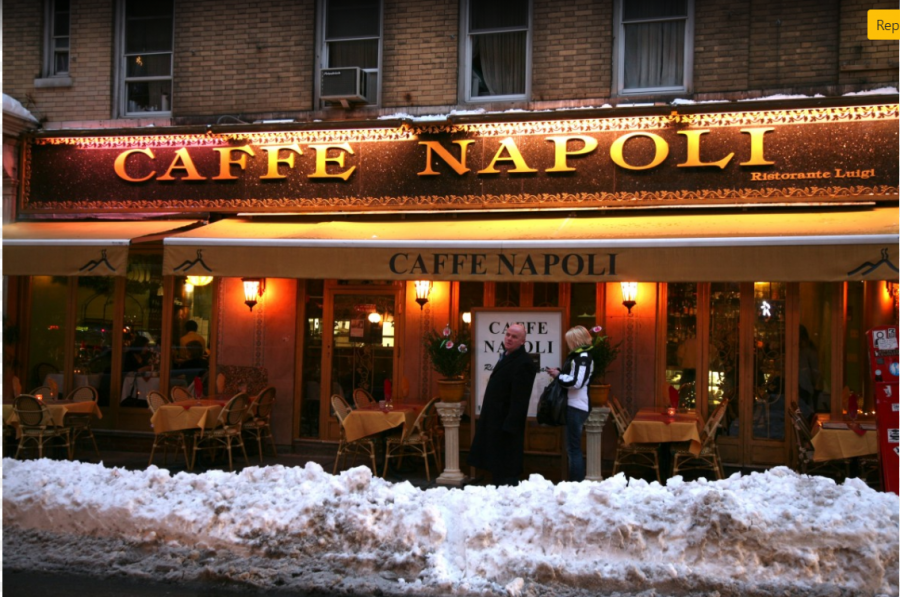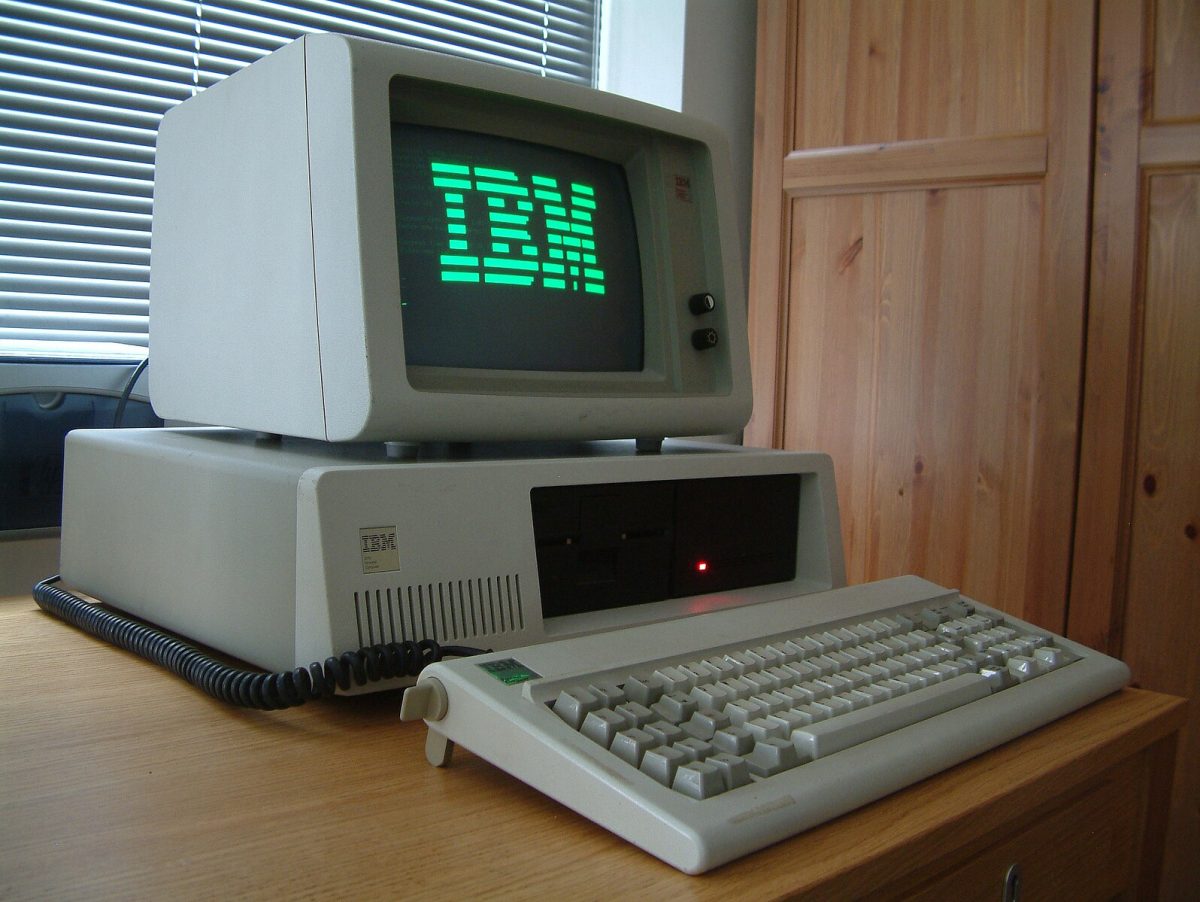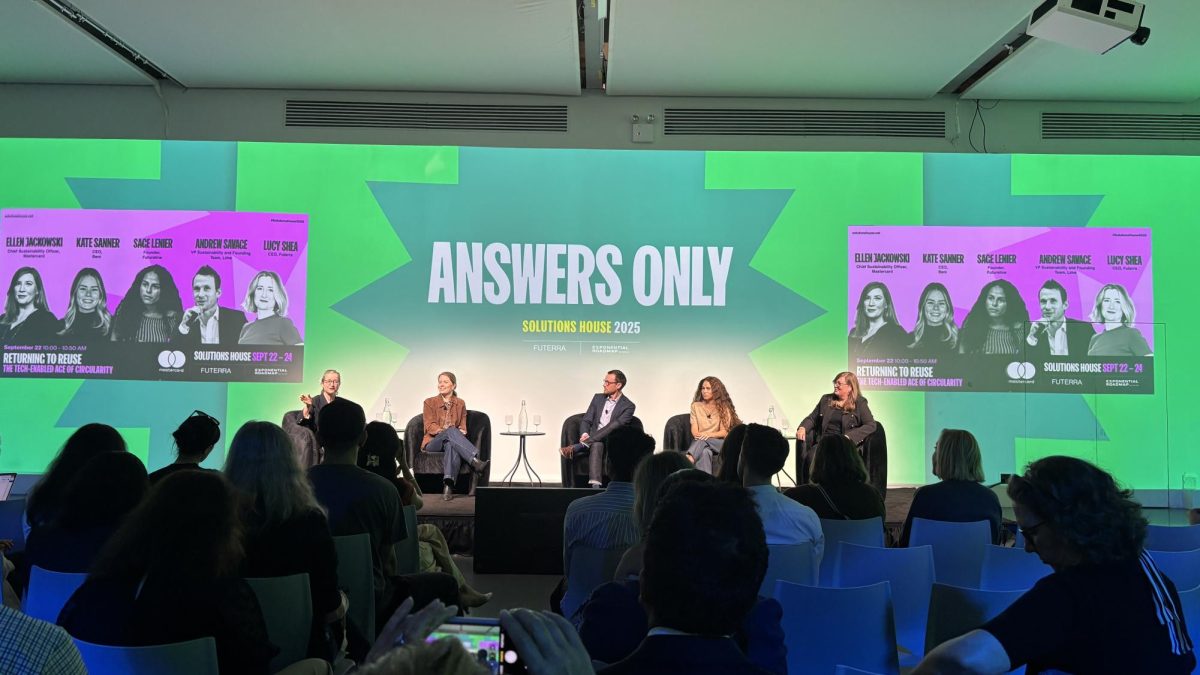Recently, the City Council voted to extend outdoor dining until Sept.2021, which will prompt the city to develop a comprehensive plan for how restaurants can continue accommodating customers during the winter and fall seasons. This follows the extension of Mayor Bill de Blasio’s Open Restaurant program, which assists restaurants facing economic hardships caused by the coronavirus pandemic.
Mayor de Blasio offered detailed guidelines for the plan on Oct. 14. Restaurants that participate in the program and provide an outdoor dining experience to New Yorkers will be given three options for heat: electrical radiant heaters, natural gas radiant heaters and portable heaters fueled by propane, commonly used as fuel.
Electrical heaters are allowed on both sidewalks and roadways, while the natural gas and propane heaters are strictly allowed only on sidewalks. If a restaurant wants to use propane, they must get a permit from the FDNY and follow their regulations. It is also possible that they may face regulations or guidelines from the NYC Department of Buildings, as stated by ABC News. The guidelines are meant to “keep diners, employees and pedestrians safe and healthy,” de Blasio said, according to the article.
Through these guidelines, the city hopes that both restaurants and people will take advantage of outdoor dining so that restaurants can continue generating profit and saving their employee’s jobs. “Restaurants make New York City the greatest city in the world,” de Blasio said. He also mentioned that he is happy to support NYC’s recovery.
Although many restaurant owners are pleased to have a means of making income during colder months, some believe that the heating guidelines could put owners in steeper economic trouble. “Restaurants already struggling to find available heat lamps, much less pay for them,” CNN Correspondent Kate Bennett tweeted.
The City Council’s vote to extend outdoor dining occurred on Oct. 15. AMNY stated that the bill passed 42-2 and a permanent plan for outdoor dining is expected after the extension ends.
Social distancing rules still apply with spacing between tables. Restaurants must remain at 25% capacity, as Gov. Andrew Cuomo required in an announcement made on Sept. 9. He initially let restaurants resume indoor dining under this condition on Sept. 30. These restaurants also had to follow safety protocols, which included “temperature checks, contact information for tracing, face coverings when not seated” and more.
Cuomo said New York created a deadline to reassess if the state would increase indoor dining capacity from 25% to 50% in NYC restaurants. The deadline is Nov. 1.
However, this doubling in capacity relies on the infection rate remaining low, according to CNN. Cuomo wants to ensure that the virus doesn’t spread. This may place an added financial strain to restaurant owners who are already struggling to do things like pay bills due to the pandemic, NY1 said.
Executive Director of the NYC Hospitality Alliance Andrew Rigie praised the city for passing “critically important” legislation, but he expressed he is still worried about the reduced capacity, according to NY1. He explained that the city’s restaurant industry is “still on life support.”
“No one that has a full-service restaurant can operate at 25% capacity without a loss,” Eytan Sugarman, owner of West Village bar and restaurant White Horse Tavern said to Fox Business. Fox also said that NYC restaurants have been “eaten alive” by the pandemic.
On Sept. 25, the mayor announced that the Open Restaurant program will be extended year-round and made permanent. This is part of New York City’s Recovery Agenda. Since being implemented in June, the program has “already saved an estimated 90,000 jobs citywide,” the Mayor’s Office reported.
“Open Restaurants was a big, bold experiment in supporting a vital industry and reimagining our public space. And it worked,” de Blasio said.
Since the initiative was put in place, more than 10,000 restaurants have participated in Open Restaurants. This means the program essentially served as a “potential lifeline” to restaurants, NY1 said.
Just this past week, New York City has seen an average of 517 new COVID-19 cases per day, according to The New York Times.
With a surge in cases in hot spots across some neighborhoods in the city, it is still unclear what may happen for the future of restaurants because closures of all nonessential businesses have already occurred in red zones where the infection rate is high. In addition, in red zones, restaurants are forced to do only takeout, which could cause some restaurants to go out of business.







